Octopus
Octopoda
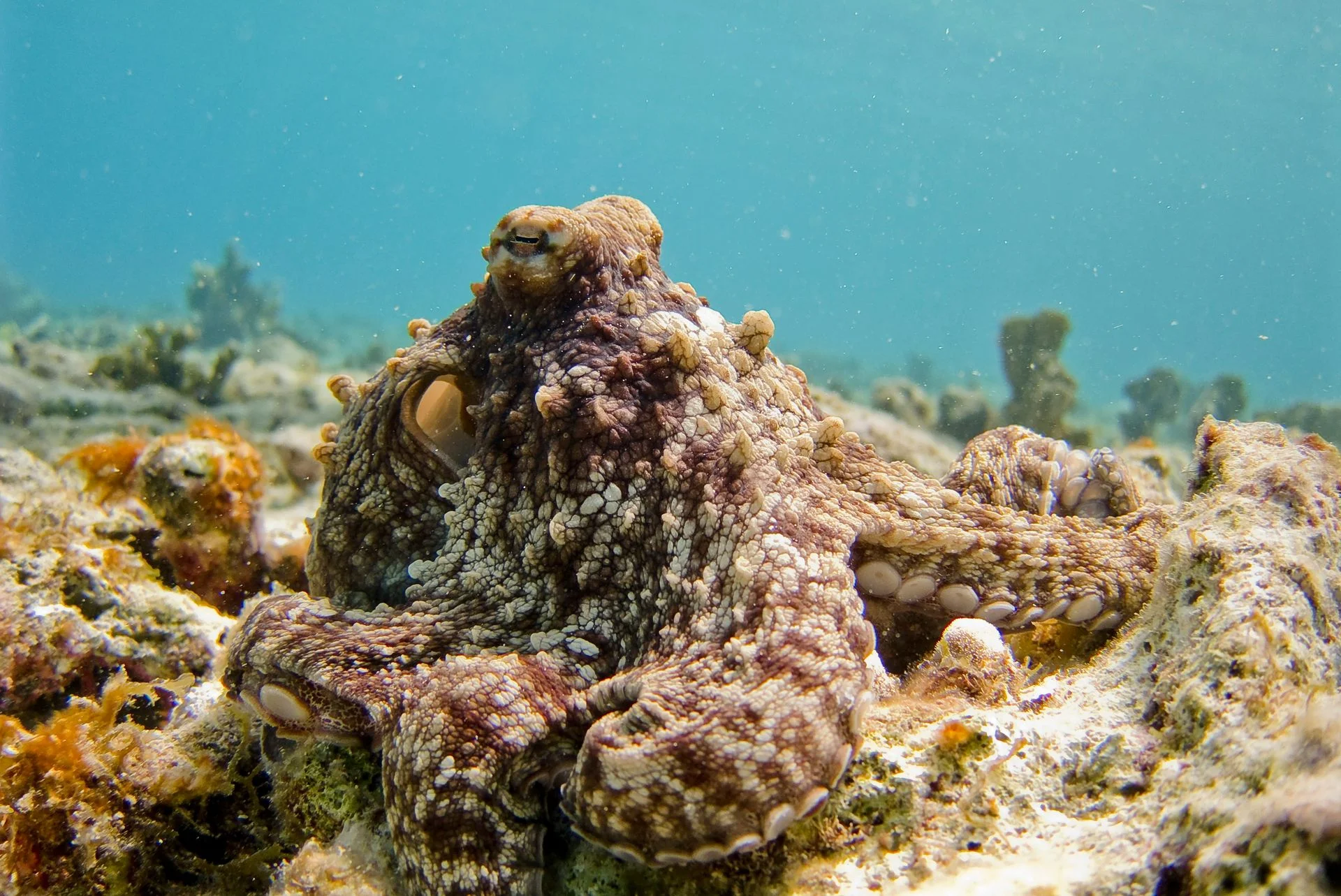
Octopuses are soft-bodied cephalopods famed for intelligence, dexterous arms, and exceptional camouflage. They possess eight arms lined with powerful suckers, a parrot-like beak, three hearts, and copper-based blue blood (hemocyanin). Lacking an internal or external shell, they squeeze through tiny gaps, eject ink to confuse predators, and use a jet of water from the siphon for rapid escape.
🔬Classification
📏Physical Features
🌊Habitat Info
⚠️Safety & Conservation
Identification Guide
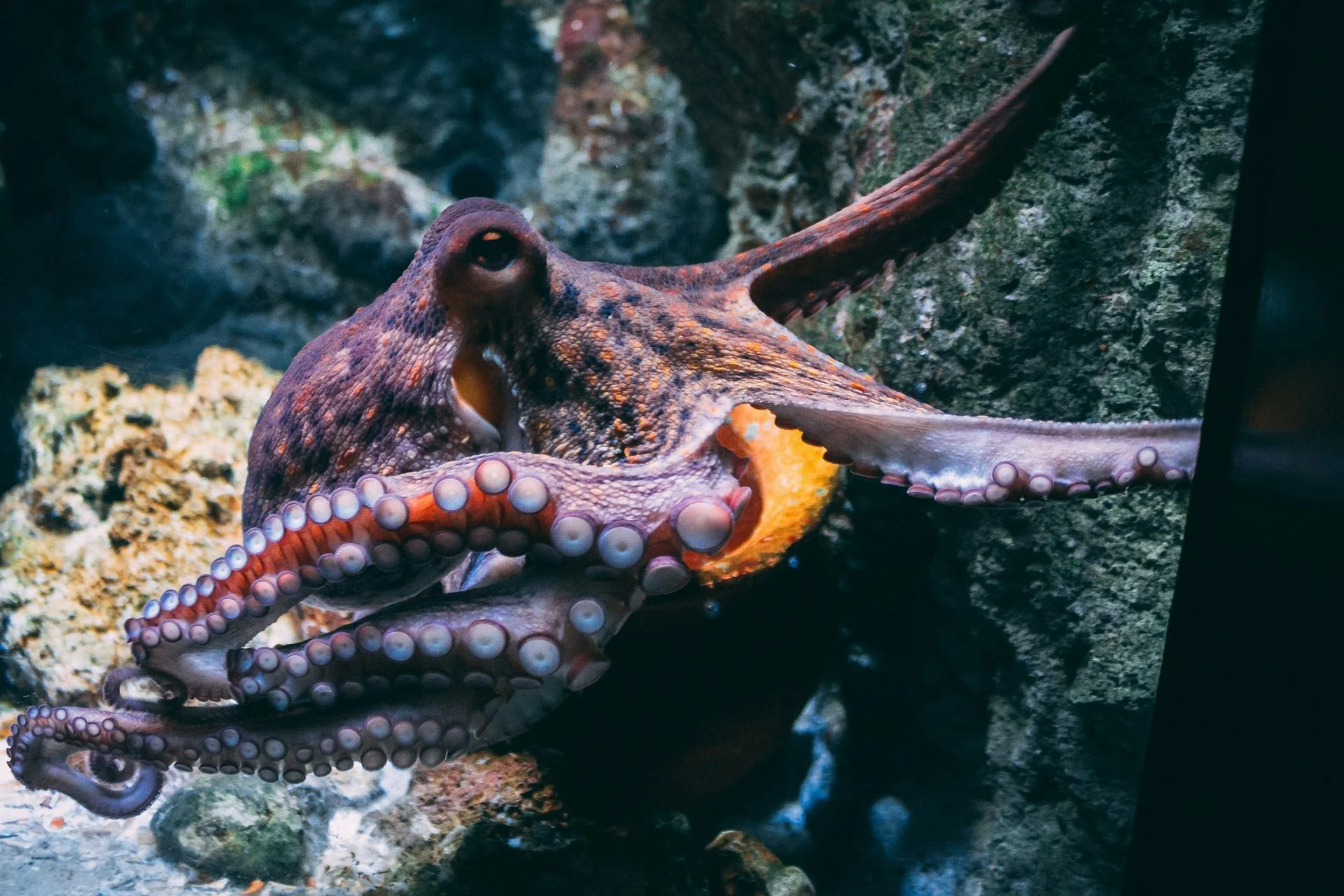
Octopuses have a rounded mantle (“head”), large forward-facing eyes, and eight arms (no true tentacles). Look for:
- Siphon (funnel): a tube under the head for jet propulsion.
- Skin texture: smooth to spiky papillae; can raise or flatten in seconds.
- Color/pattern shifts: waves of dark/light (“passing cloud”) during hunting or display.
Differences from Similar Species
- Cuttlefish: have an internal cuttlebone, broader body with fins along the sides, and two retractable feeding tentacles.
- Squid: torpedo-shaped with triangular fins and two long tentacles; more pelagic than reef-dwelling octopuses.
Juvenile vs. Adult
Newly hatched paralarvae are planktonic and transparent with tiny arms; as they settle, the mantle enlarges, papillae develop, and camouflage control becomes faster and more complex.
Top 10 Fun Facts about Octopus
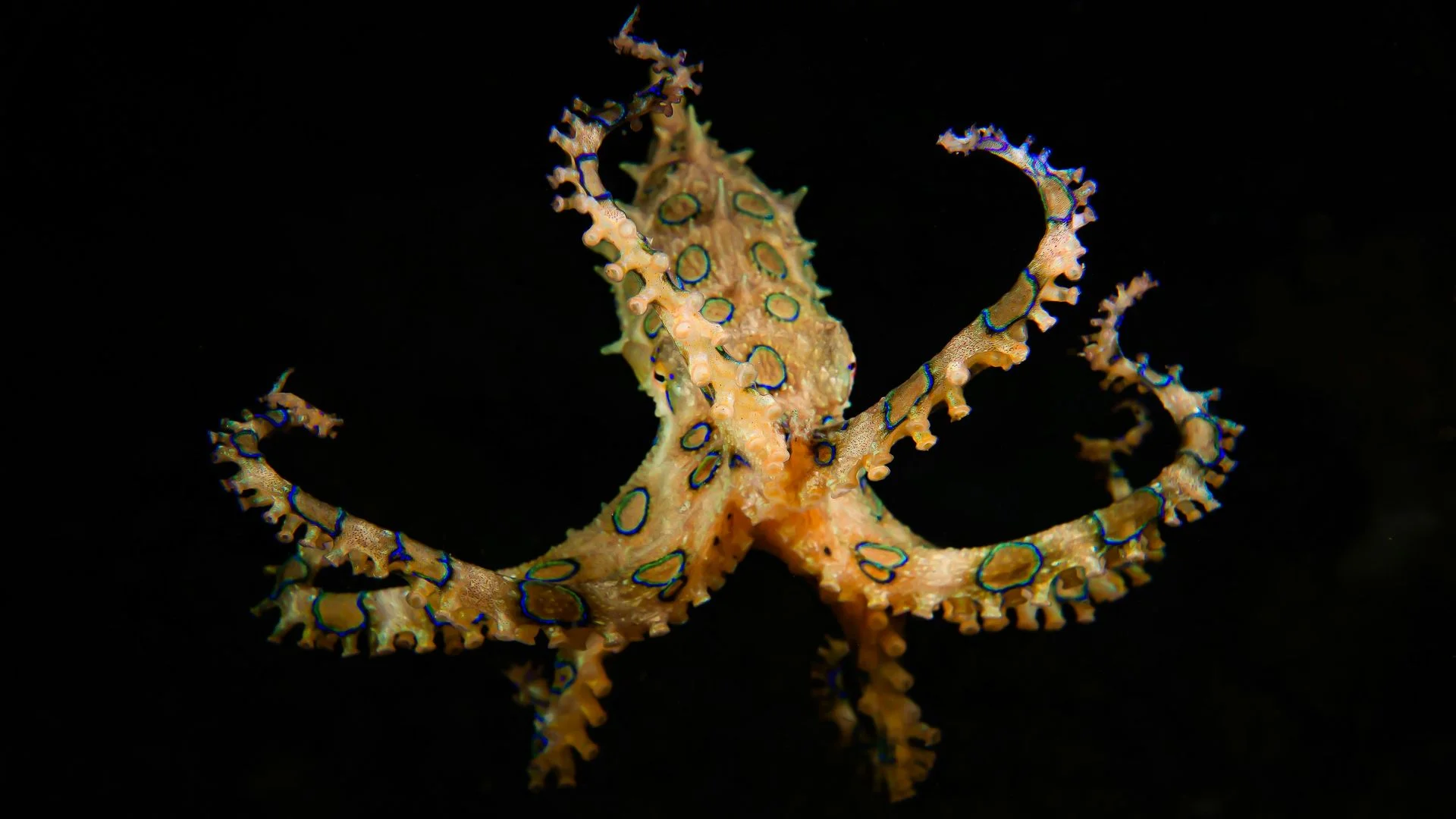
1. Three Hearts & Blue Blood
Two hearts pump blood to the gills, one to the body; hemocyanin makes their blood blue.
2. Master Camouflagers
Chromatophores and papillae enable <1 s color/texture changes to match rocks, algae, or sand.
3. Short, Intense Lives
Most live 1–3 years and are semelparous—adults die after breeding/guarding eggs.
4. Problem Solvers
Lab and field reports show tool use (e.g., coconut shells) and puzzle-solving abilities.
5. Regrow Arms
Lost arms can regenerate, restoring function over time.
6. Venom & Beak
A chitinous beak and venomous saliva subdue crabs, fish, and mollusks.
7. Ink Defense
Dark ink clouds and mucus form a decoy that masks scent and vision.
8. Boneless Escape Artists
With no rigid skeleton, they squeeze through gaps the size of their beak.
9. Signal with Skin
Body patterns and postures communicate mood, warnings, or courtship.
10. Celebrity Species
Mimic octopus and wunderpus display dramatic shapes and behaviors in Indo-Pacific muck sites.
Diving & Observation Notes

🧭 Best Observation Approach
Move slowly, stay low, and scan for dens marked by shell middens or crab remains. Watch for eyes peeking from holes and subtle color/texture pulses. Give space—octopuses approach when curious.
📸 Photography Tips
- Focus: Lock on the eye; capture texture changes and “passing cloud.”
- Lighting: Use diffused light; avoid harsh front strobes that flatten texture.
- Behavior: Wait for arm exploration, hunting, or ink/jet moments; continuous AF and moderate shutter work well.
- Macro/Wide: Macro for small reef species; close-focus wide-angle for larger individuals.
⚠️ Safety & Ethics
- Do not prod or coax individuals from dens; stress can halt feeding or egg care.
- Blue-ringed octopus is dangerously venomous—observe only at safe distance.
- Avoid blocking retreats; maintain excellent neutral buoyancy to protect habitat.
🌏 Local Dive Guide Insights
- Lembeh Strait (Indonesia): Reliable for mimic and wunderpus, plus coconut shell users.
- Anilao (Philippines): Night dives reveal reef octopus and hunting behavior.
- Ambon (Indonesia): Muck sites with frequent den sightings.
- Bali (Tulamben/Seraya/Nusa Penida): Good chance for day dens and dusk hunts.
Best Places to Dive with Octopus
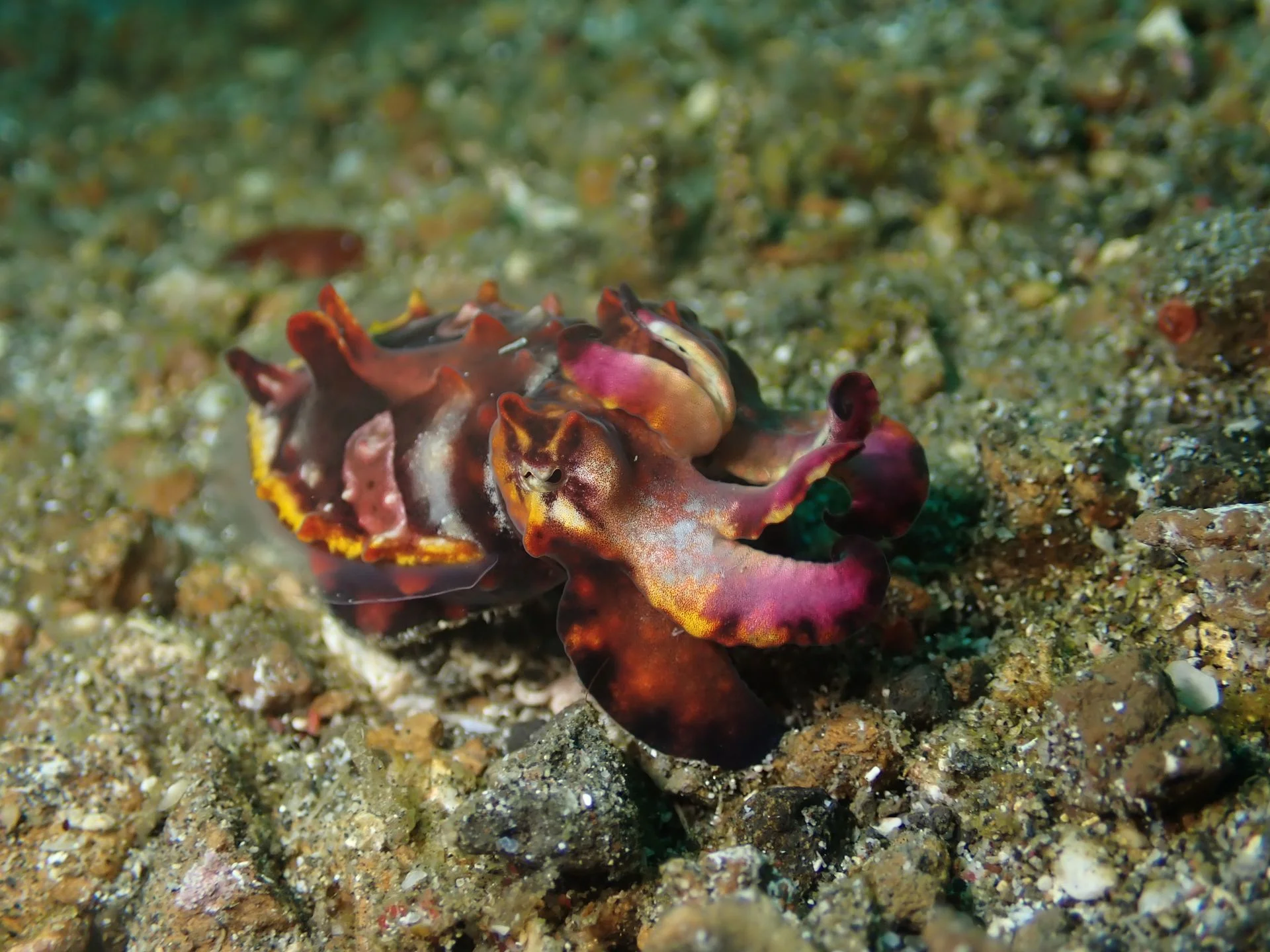
Lembeh
The Lembeh Strait in North Sulawesi has become famous as the muck‑diving capital of the world. At first glance its gently sloping seabed of black volcanic sand, rubble and discarded debris looks bleak. Look closer and it is teeming with weird and wonderful life: hairy and painted frogfish, flamboyant cuttlefish, mimic and blue‑ringed octopuses, ornate ghost pipefish, tiny seahorses, shrimp, crabs and a rainbow of nudibranchs. Most dives are shallow and calm with little current, making it an ideal playground for macro photographers. There are a few colourful reefs for a change of scenery, but Lembeh is all about searching the sand for critter treasures.
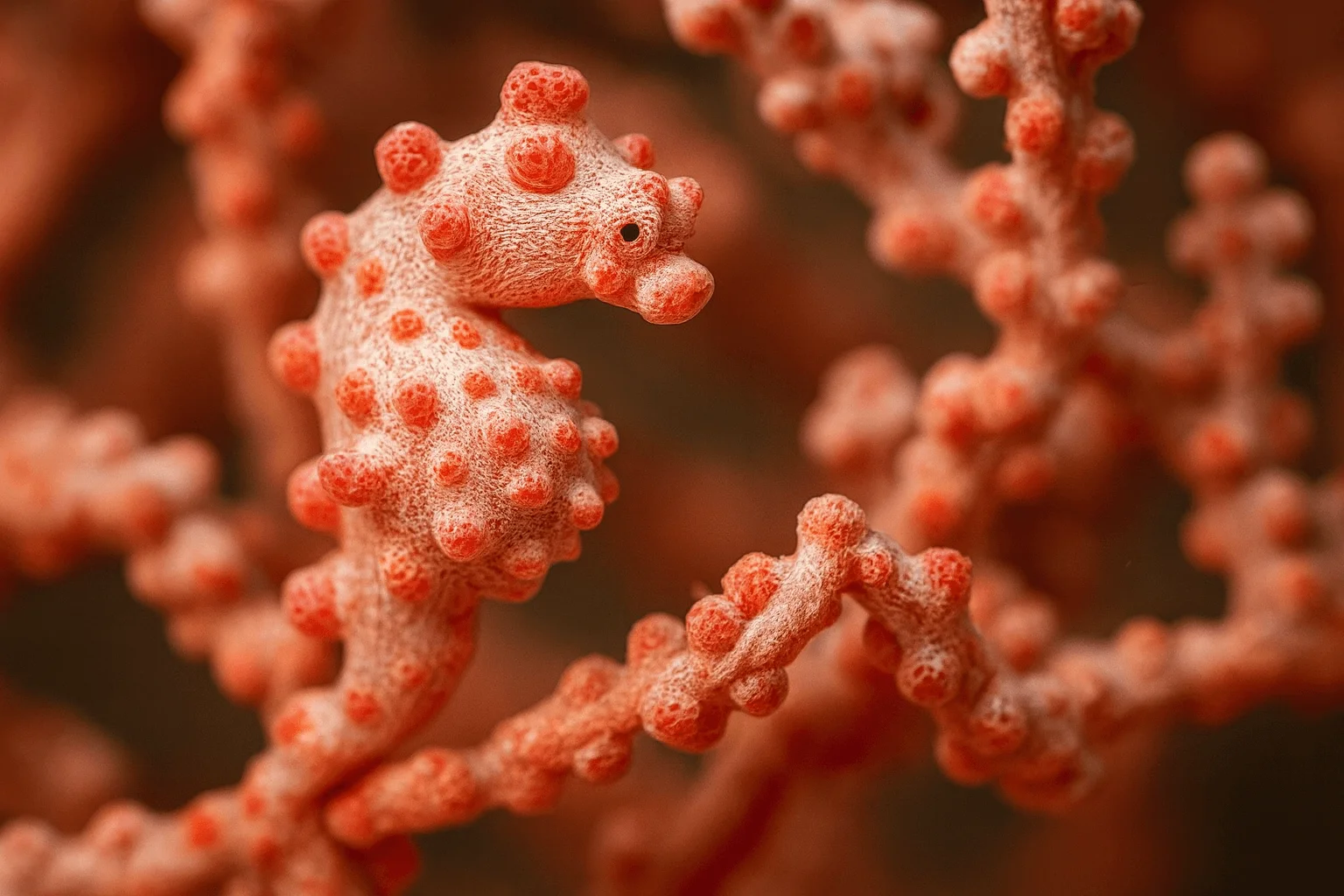
Anilao
Anilao, a small barangay in Batangas province just two hours south of Manila, is often called the macro capital of the Philippines. More than 50 dive sites fringe the coast and nearby islands, offering an intoxicating mix of coral‑covered pinnacles, muck slopes and blackwater encounters. Critter enthusiasts come for the legendary muck dives at Secret Bay and Anilao Pier, where mimic octopuses, blue‑ringed octopuses, wonderpus, seahorses, ghost pipefish, frogfish and dozens of nudibranch species lurk in the silt. Shallow reefs like Twin Rocks and Cathedral are covered in soft corals and teem with reef fish, while deeper sites such as Ligpo Island feature gorgonian‑covered walls and occasional drift. Because Anilao is so close to Manila and open year‑round, it’s the easiest place in the Philippines to squeeze in a quick diving getaway.
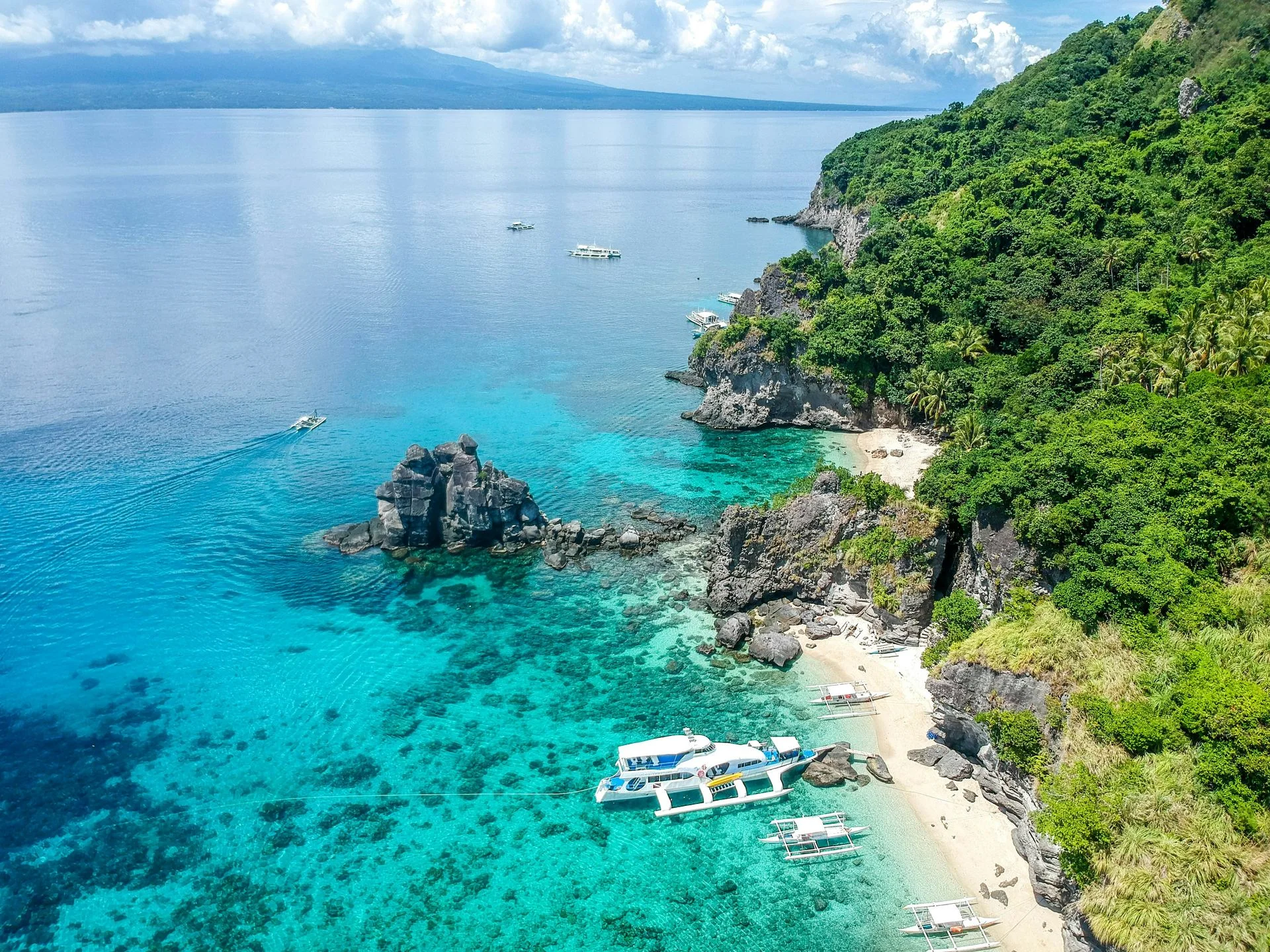
Dumaguete
Dumaguete on the southeast coast of Negros is the jumping‑off point for some of the Philippines’ most diverse diving. Along the nearby town of Dauin, a series of shallow marine sanctuaries and black‑sand slopes hide critters galore: frogfish, flamboyant cuttlefish, mimic octopus, ghost pipefish, seahorses, pipefish and nudibranchs. Artificial reefs made from car tyres and pyramids provide extra habitat. Offshore, Apo Island’s walls and plateaus burst with hard and soft corals, schooling jacks and barracudas, and friendly green turtles. With day trips to Oslob’s whale sharks or Bais’ dolphin‑watching, and excursions to nearby Siquijor, Dumaguete offers a perfect mix of macro muck diving and classic coral reefs.
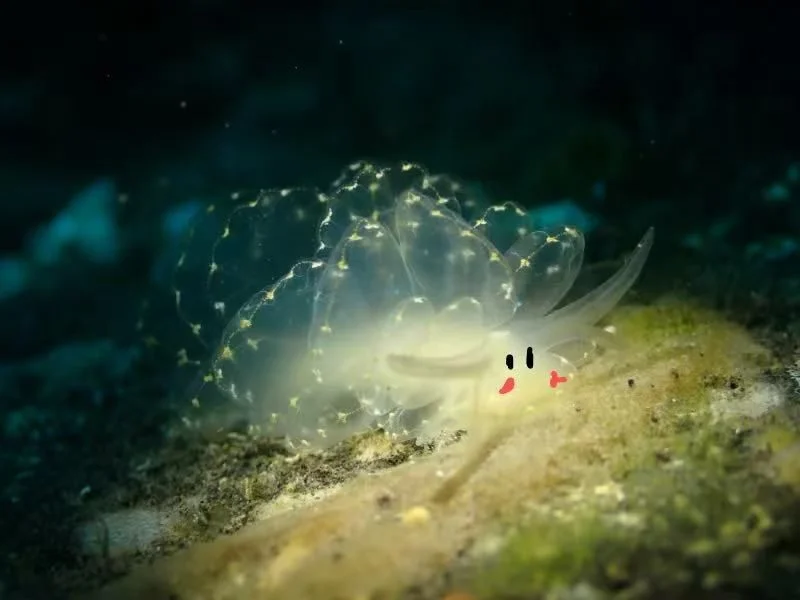
Tulamben(Bali)
Tulamben sits on Bali’s northeast coast and is best known for the USAT Liberty shipwreck – a 125‑metre cargo ship torpedoed in WWII that now lies just a short swim from shore. Warm water, mild currents and straightforward shore entries make diving here relaxed for all levels. Besides the wreck, divers can explore coral gardens, black‑sand muck sites and dramatic drop‑offs. Macro lovers will find nudibranchs, ghost pipefish, mimic octopus and pygmy seahorses, while big‑fish fans can encounter schooling jackfish, bumphead parrotfish and reef sharks. With a compact coastline packed with variety, Tulamben delivers world‑class wreck and critter diving without long boat rides.